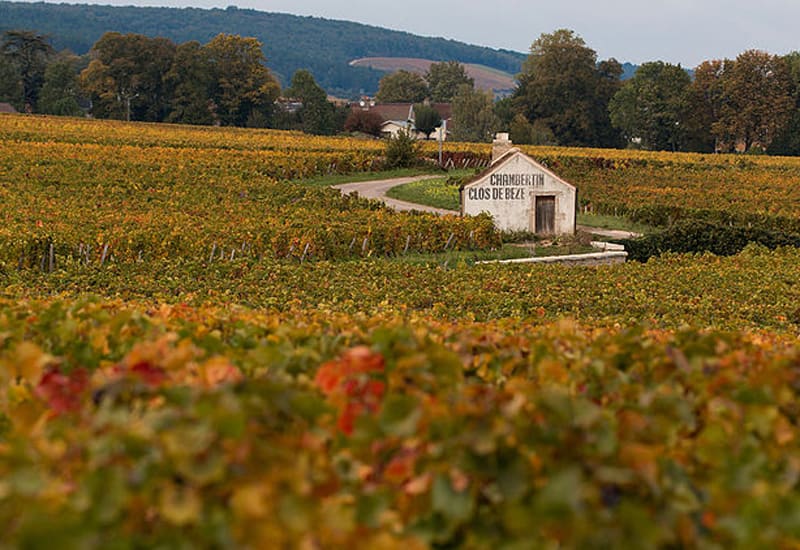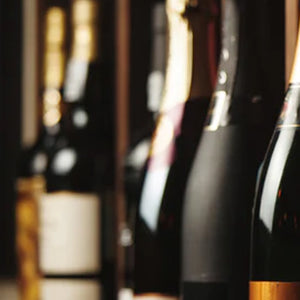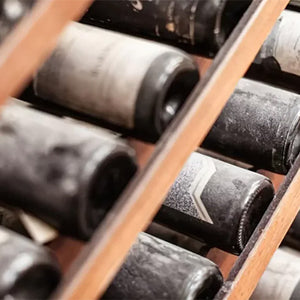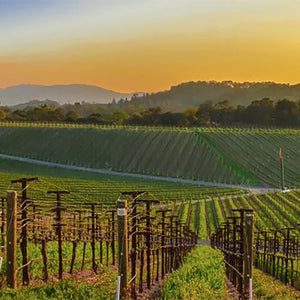
Burgundy Deep Dive: Exploring the Côte de Nuits
Few wine regions boast the prestige and renown of Burgundy. Deemed the unofficial birthplace of the concept of terroir, this historic French region is home to some of the world’s most talented producers—and sought-after bottles. Although Burgundy can be a bit of a beast to understand, our in-house Somm Team is breaking down the basics over the next few weekends. Up first? Understanding everything you need to know about the Côte de Nuits.
Setting the Scene
The Côte de Nuits is the northerly half of Burgundy’s Côte d’Or (the southerly half is the Côte de Beaune). Together, these two areas comprise the famous limestone-based ridge from which a great deal of Burgundy’s wines are produced. The Côte de Nuits runs from Dijon to Nuits-Saint -Georges and is planted mostly to Pinot Noir, though small amounts of Chardonnay (and miniscule amounts of other varieties) can also be found here.
A Bit of History
Naturally, the history of the Côte de Nuits is tied with that of the Côte d’Or. Vines were first planted in this area around the 3rd century AD, when the Romans occupied what was then Gaul. Fast forward quite a few centuries, and Burgundy became very important during the Middle Ages, particularly when Benedictine and Cisterian monks became very present in the area. It was during this time that the monks began walling-off vineyards based on climate and soil conditions—in other words, establishing the concept of terroir as we know it today.
By the 18th century, top-tier wines were being made from single-vineyard sites. This was also when longer macerations and fermentations became preferred, as they led to bolder, more ageworthy wines. Inspired by the 1855 Classification of Bordeaux, Dr. Jules Lavalle came up with a similar designation system for Burgundy just seven years later. This helped create the early stages for the well-known appellation d’origine controlée system that is still used today.
How Big Is the Côte de Nuits?
The Côte de Nuits is about 15 miles long, two miles wide, and covers approximately 1,700 hectares.
What Are the Main Villages of the Côte de Nuits?
From north to south, the most famous villages of the Côte de Nuits are Marsannay, Fixin, Gevrey-Chambertin (home to more grands crus than any other of the Côte de Nuits’ villages), Morey-Saint-Denis, Chambolle-Musigny, Vougeot, Flagey, and Vosne-Romanée.
The southern part is comprised of the lesser-known villages of Nuits-Saint-Georges, Prémeaux-Prissey, Comblanchien, and Corgoloin, the latter three of which are bottled under the Côte de Nuits-Villages appellation (wines from Prémeaux-Prissey can also be bottled under the Nuits-Saint-Georges appellation).
How Many Premier and Grands Crus Are in the Côte de Nuits?
The Côte de Nuits is home to 24 grands crus and over 100 premiers crus. In total, Burgundy has 33 grands crus—meaning that ⅔ of them are found in this very special area.
What Are the Main Grapes and Winemaking Styles of the Côte de Nuits?
While Chardonnay and other varieties are planted in small quantities, Pinot Noir accounts for approximately 95% of the Côte de Nuits’ plantings. Most of the region’s Pinot Noir is vinified into still red wines, though a small amount of rosé—particularly in Marsannay—is also crafted here. Most red wines from the Côte de Nuits are aged for at least two winters in oak barrels, generally in a portion of new oak. Additionally, many winemakers often choose to add a percentage of whole bunches into their Pinot Noir fermentations, as this vinification technique is known for adding freshness and a touch of spice to final wines.
What Is the Terroir of the Côte de Nuits?
Burgundy is deemed the birthplace of the concept of terroir, thanks to the many mini micro-terroirs that exist throughout the region. Despite this intricate mosaic of growing conditions, the Côte de Nuits is generally known for its limestone and clay-limestone soils, as well as a semi-continental climate. The Côte de Nuits is also regarded for its many sloping hillsides, which offer prime conditions (slope, aspect, and drainage) for cultivating vines.
Who are the Main Producers in the Côte de Nuits?
While Domaine de la Romanée-Conti (DRC), Domaine Leroy, Domaine Dujac, and Rousseau generally garner the most attention, there are tons of talented estates to be discovered in the Côte de Nuits. Our in-house Somm Team particularly loves Lignier-Michelot, Domaine Faiveley, Domaine Pierre Gelin, and more.
Are Wines from the Côte de Nuits Ageworthy?
Absolutely. While cellar-worthy and “immediate consumption” wines are crafted in every region, Burgundy is known for its high number of talented producers and cellar-worthy bottles. For those looking for bottles to lay down for the long haul, we recommend sticking with producers who farm responsibly, as well as referencing a vintage chart to learn more about the specific conditions from a variety of years.




